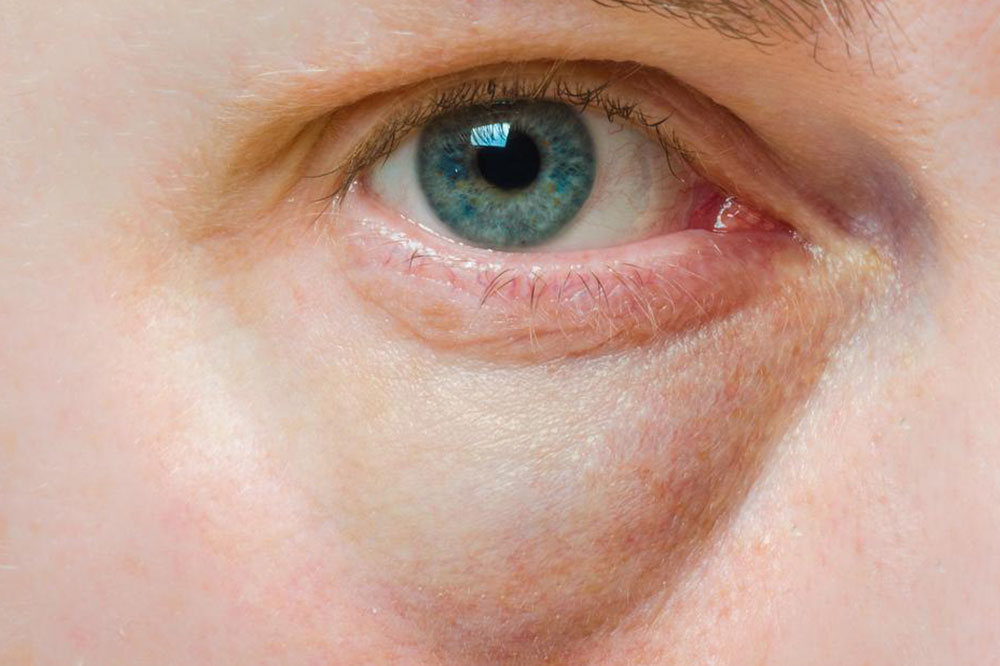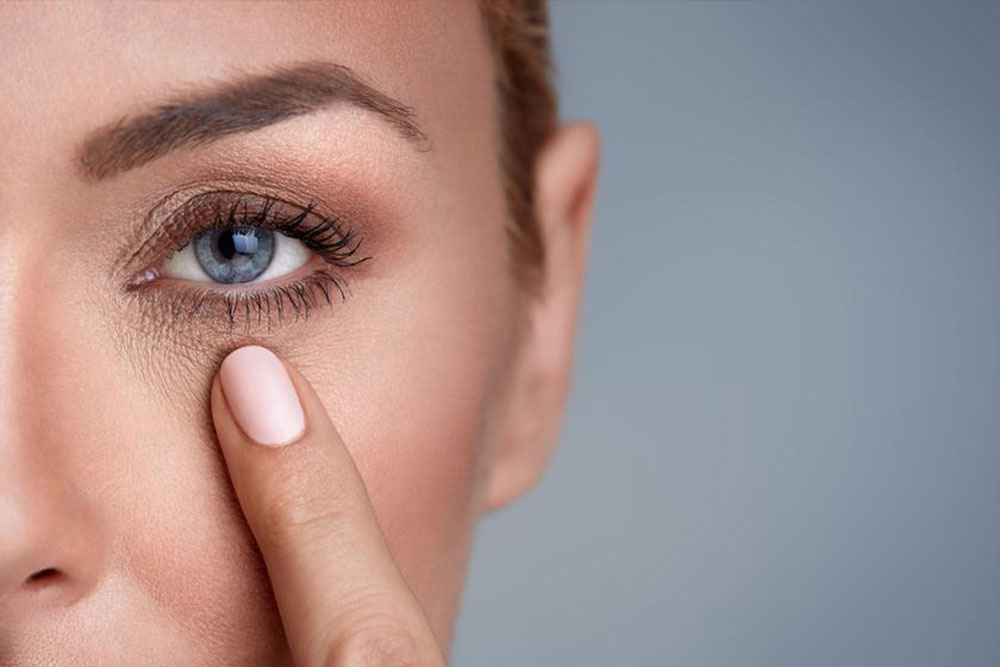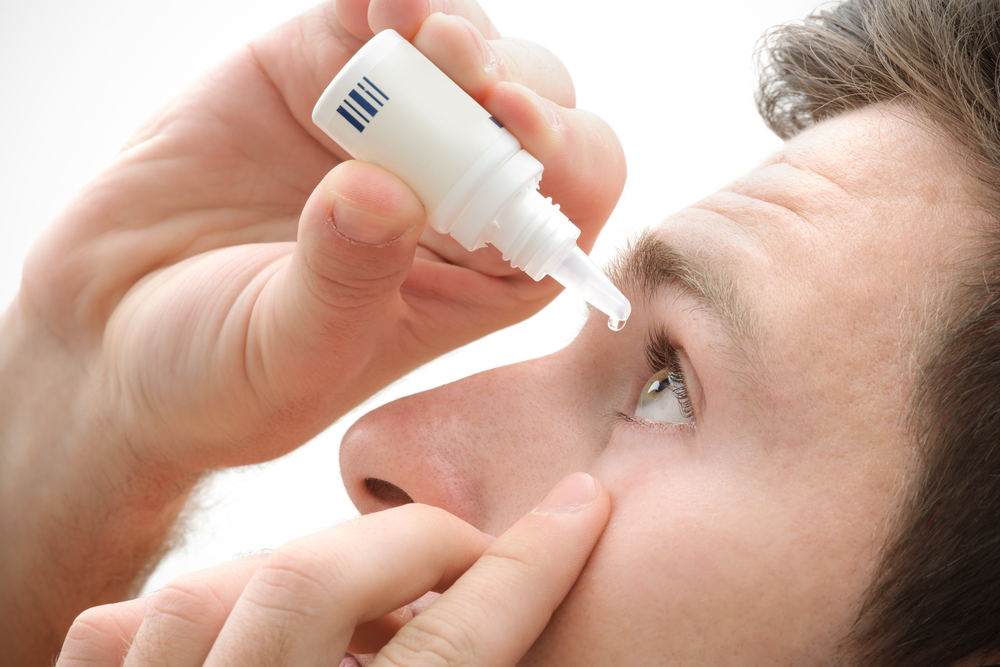Comprehensive Guide to Preserving Eye Health and Managing Common Vision Disorders
This comprehensive guide offers crucial insights into maintaining eye health, preventing common vision disorders, and understanding effective treatment options. Regular eye examinations, healthy lifestyle choices, and early medical intervention are emphasized to protect your vision. Learn about conditions like cataracts, glaucoma, and dry eyes, along with practical home care tips, to ensure your eyes stay healthy and function optimally through all stages of life.

Strategies for Maintaining Healthy Eyes: Prevention and Treatment of Common Eye Conditions
Maintaining good eye health is a crucial aspect of overall wellness that should not be overlooked at any stage of life. Whether you're young or old, proactive care and regular eye examinations can significantly reduce the risk of developing serious eye diseases and preserve your vision. Recognizing early signs of eye problems and seeking timely intervention can make a substantial difference in outcomes. Good habits, lifestyle choices, and proper medical management play vital roles in safeguarding your eyesight.
Understanding Common Eye Conditions and Their Treatments
Every eye disorder has unique characteristics and requires specific treatment protocols tailored to individual needs. From age-related issues like cataracts to nerve damage caused by glaucoma, understanding these conditions helps in early detection and management. Here, we explore some prevalent eye conditions and effective ways to treat them:
Cataracts
One of the leading causes of vision impairment worldwide, cataracts involve clouding of the eye's natural lens. This opacity causes vision to become blurry or cloudy, affecting daily activities like reading and driving. In the early stages, simple measures such as increasing lighting, updating eyeglass prescriptions, or using magnifying devices can help improve vision. However, as cataracts progress and interfere significantly with life, surgical intervention becomes necessary. Modern cataract surgery involves removing the cloudy lens and replacing it with an artificial intraocular lens, which restores clear vision effectively. The procedure is typically quick, safe, and has a high success rate.
Glaucoma
Often called the silent thief of sight, glaucoma involves damage to the optic nerve caused by increased intraocular pressure. If left untreated, it can result in irreversible vision loss. Early detection is key; regular eye exams can measure eye pressure and assess optic nerve health. Treatment options include prescription eye drops that reduce pressure, oral medications, laser therapy, or traditional surgical procedures. These treatments aim to lower eye pressure and prevent further nerve damage, preserving vision. Managing glaucoma requires ongoing medical supervision, as the condition can progress unnoticed until significant vision loss occurs.
Dry Eye Syndrome
Dry eye syndrome is a common condition where tear production decreases, leading to dryness, irritation, burning, or a gritty sensation in the eyes. This condition may stem from aging, environmental factors, prolonged screen time, or certain medications. Managing dry eyes includes using over-the-counter artificial tears, prescription eye drops, or medications that stimulate tear production. In some cases, minor procedures or surgical options are considered if other treatments are ineffective. Additionally, lifestyle modifications such as taking regular breaks during screen use, maintaining hydration, and avoiding environmental triggers can significantly alleviate symptoms. Seeing an ophthalmologist ensures a proper diagnosis and tailored treatment plan.
Additional eye health issues, if detected early, can often be effectively managed with appropriate medical care. Proper diagnosis, treatment, and follow-up are essential for maintaining optimal eye health and preventing deterioration.
Taking preventive measures at home complements medical treatment and can significantly lower the risk of developing eye conditions. Simple lifestyle habits contribute appreciably to long-term eye health:
Regular Physical Activity
Engaging in routine exercise like walking, jogging, or cycling boosts overall health and reduces risks associated with systemic conditions such as diabetes and hypertension. These diseases are known to have adverse effects on eye health, potentially leading to diabetic retinopathy or hypertensive retinopathy. Maintaining a healthy weight, exercising regularly, and managing blood sugar and blood pressure levels support the integrity of your eyes and overall body health.
Sunglasses for UV Protection
Exposure to ultraviolet (UV) rays from sunlight can accelerate the aging of ocular tissues, increase the risk of cataracts, and cause other damage. Wearing sunglasses that block 100% of UV rays when outdoors is an effective way to protect your eyes. Wide-brim hats can also provide additional shielding. Avoiding prolonged exposure during peak sunlight hours further reduces risk.
Smoking Cessation
Smoking adversely affects ocular health by damaging tissues and increasing the likelihood of age-related macular degeneration, cataracts, and other eye diseases. Quitting smoking not only benefits your lungs and heart but also plays a crucial role in protecting your vision over the long term.
Nutritious Diet
Consuming a diet rich in colorful fruits and vegetables, especially berries, leafy greens, and foods high in antioxidants (such as vitamins C and E), supports eye health. Omega-3 fatty acids found in fish like salmon and mackerel are beneficial for maintaining retinal health. Anti-inflammatory foods can help reduce the risk of chronic eye diseases by decreasing inflammation and oxidative stress.
Recognizing symptoms of eye problems early—such as blurred vision, floaters, halos around lights, persistent dryness, or eye pain—necessitates prompt medical consultation. Early intervention is often the key to effective treatment and preservation of vision. Regular eye check-ups and adherence to medical advice are fundamental components of maintaining healthy eyesight for life.





